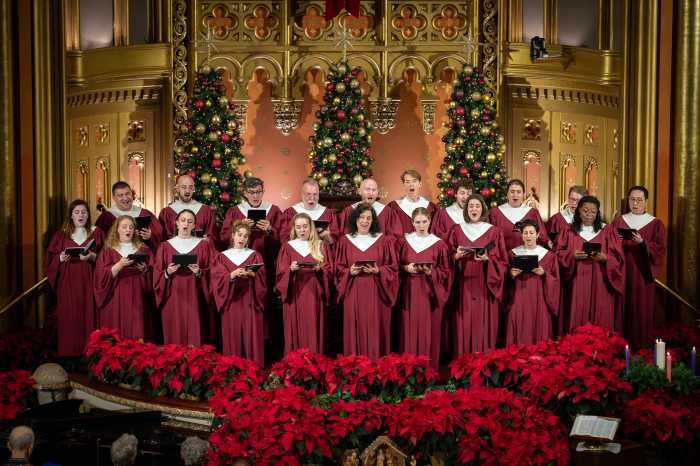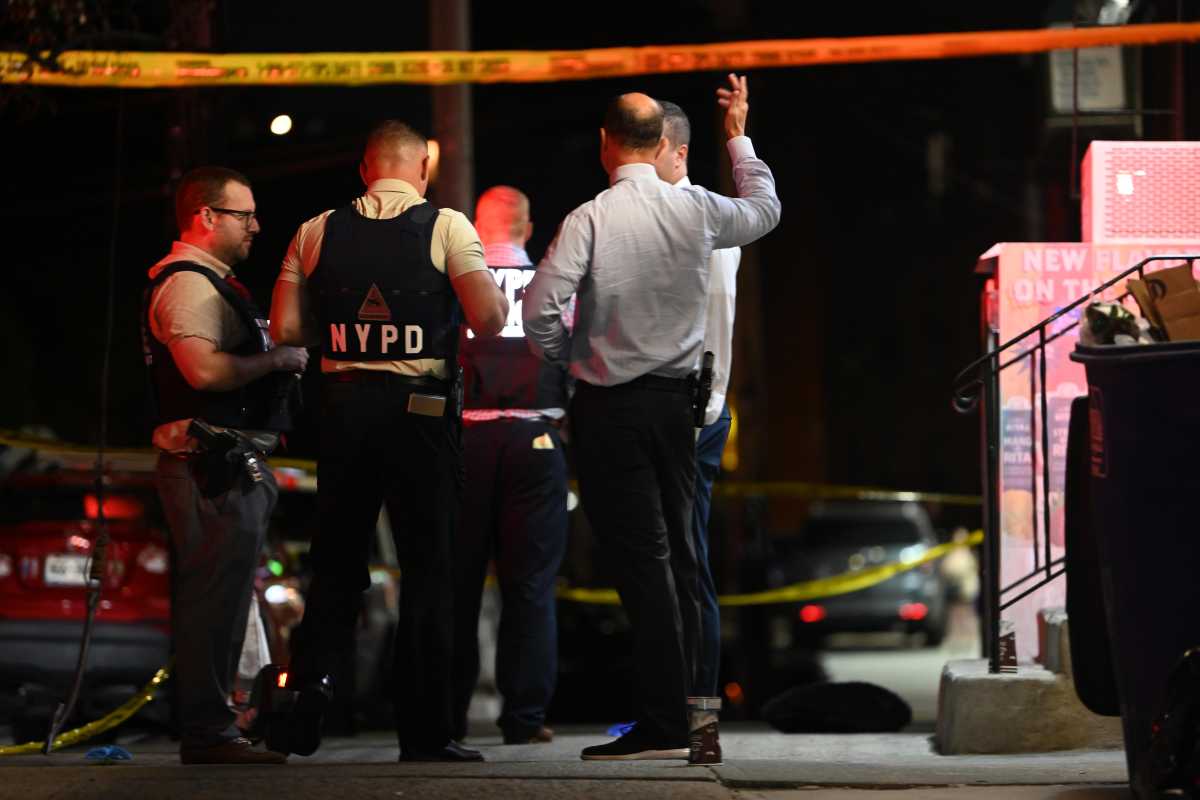The MTA’s celebration of the best January on-time performance on Tuesday was slightly soured by news about a rise crime and graffiti on the subways, and the uncertain future of congestion pricing.
While on-time performance was on the rise for Metro-North and Long Island Rail Road, the authority showed the highest metrics of improvement on the subways: 83.3% in January.
But according to MTA Chair Pat Foye, on-time numbers do not necessarily carry merit without other figures such as ridership and the numbers of incidents.
Incidents causing delays were down 44% over January 2019, with only 29 total, the agency announced. Mechanical problems had dropped 26.4% as well.
But there was more to the Feb. 18 press conference at the Fulton Street station than statistics.
Congestion pricing’s advent, with its January 2021 launch deadline creeping up, has been called into question, as it’s unclear if the state will clear the final hurdle standing between it and federal approval. The Trump administration has made it unclear whether it will support the plan.
Even so, Foye was confident that the White House had no reason to foil the plan.
“I think in a just world we’d get a categorical exclusion for congestion pricing because this is a huge environmental positive, it’s going to fund mass transit with $15 billion in capital and it’s going to improve the air quality,” Foye said. “We’re doing everything to move the project forward as quickly as possible… Congestion pricing will happen… I believe that the lease intrusive environmental process really fits this approach, that’s an argument we’ve made to our colleagues in Washington.”
Foye said congestion pricing, still in the planning phase, is on track with the current timeline for launch. The state legislature approved congestion pricing in early 2019, and in October, the MTA contracted TransWorld to install and operate the cashless tolls.
Reporters also requested information about an incident Monday night in which 11 train cars were vandalized with elaborate graffiti overnight at a train yard in southeast Queens.
“That takes resources away from other critical work we can be doing for customers. In that case those trains were in a location that isn’t directly part of the yard. We’re working very close with NYPD to make sure we are doing everything we can do – and that they’re doing everything that they can do – to keep our trains safe,” New York City Transit Vice President Sally Librera said.






































